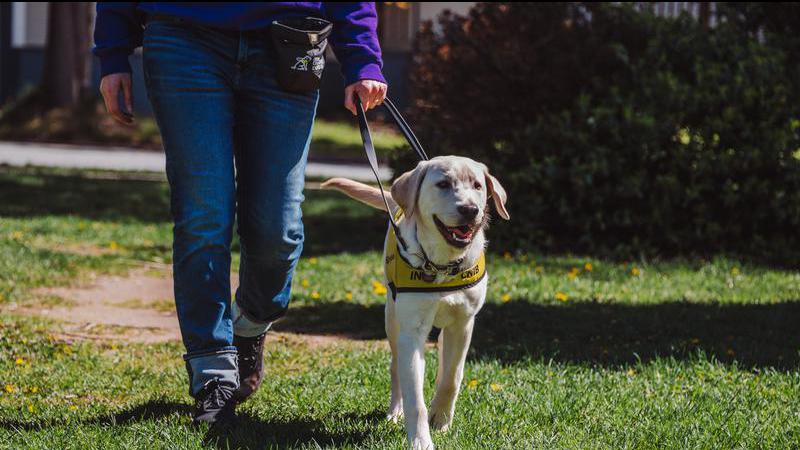
GINTA: The two questions we ought to find better answers for
A week ago, on Monday, kids and teenagers all over Canada went to school in the morning and returned home after school ended. All except one. Devan Bracci-Selvey, a 14-year-old from Hamilton, was stabbed and killed during school hours, behind the high school he attended. His mother was with him. Can you imagine? I cannot. Ever.
An 18-year-old and a 14-year-old (he was allegedly the one who stabbed Devan,) are in custody and have been charged with first degree murder. Three other teenagers were arrested and released without charge. The investigation continues.
What is the appropriate punishment for someone who kills another human being in cold blood, in broad daylight, and under the eyes of his mother?
Bleeding hearts might be willing to defend the perpetrators, but let’s unpack this for a second. The attacker was not an enraged repeatedly bullied kid who had decided he had enough. Devan had been bullied since the beginning of the school year, yet he did not resort to violence. On the contrary. He was described by family and friends as a kind and gentle soul. His mom, Sheri-Ann Selvey, is left asking one haunting, heartbreaking question: Why was I the only person that had his back? (the bullying had been repeatedly reported to school staff.)


